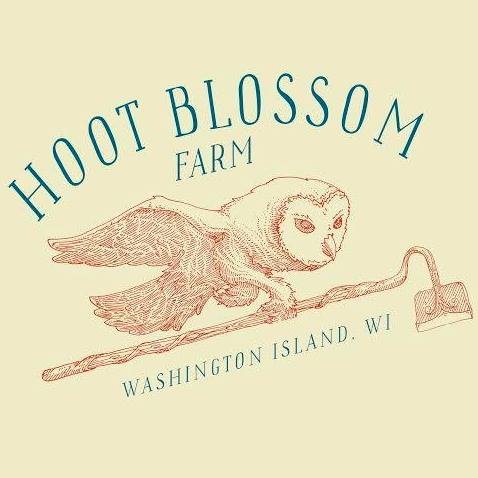Biennial Gaura (Gaura biennis) is a flowering plant found in the Classic Wisconsin Prairie It is a member of the Onagraceae family, which includes other plants such as evening primrose and willowherb.
Biennial Gaura grows in a variety of habitats, including open woodlands, meadows, and prairies. The plant has a basal rosette of leaves in its first year and produces a flowering stalk in its second year, hence the name "biennial." The flowering stalk can grow up to 6 feet tall and produces small, pink or white, four-petaled flowers that bloom from early summer to late fall.
Biennial Gaura is often grown as an ornamental plant in gardens for its attractive flowers and delicate appearance. It prefers well-drained soils and full sun but can tolerate some shade. The plant is drought-tolerant and low-maintenance once established.
Biennial Gaura attracts a variety of pollinators, including bees, butterflies, and hummingbirds. The plant produces nectar-rich flowers that are particularly attractive to long-tongued bees, such as bumblebees and carpenter bees, as well as to butterflies like the monarch butterfly. The flowers' shape and color also make them attractive to hummingbirds, which can hover and feed on the nectar.
The plant's extended bloom period, from early summer to late fall, makes it an important source of nectar and pollen for these pollinators, especially in late summer and early fall when many other plants have finished blooming. Biennial Gaura is therefore a valuable addition to any garden or landscape that aims to support pollinator populations.
In addition to its ornamental value, Biennial Gaura has some medicinal uses. The plant can be used treat various ailments, including fever, coughs, and diarrhea. The root of the plant was also used as a poultice for wounds and swelling.

